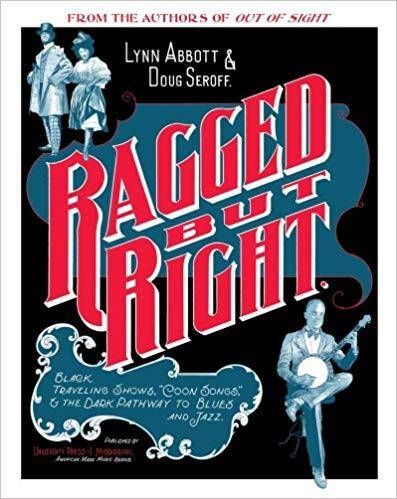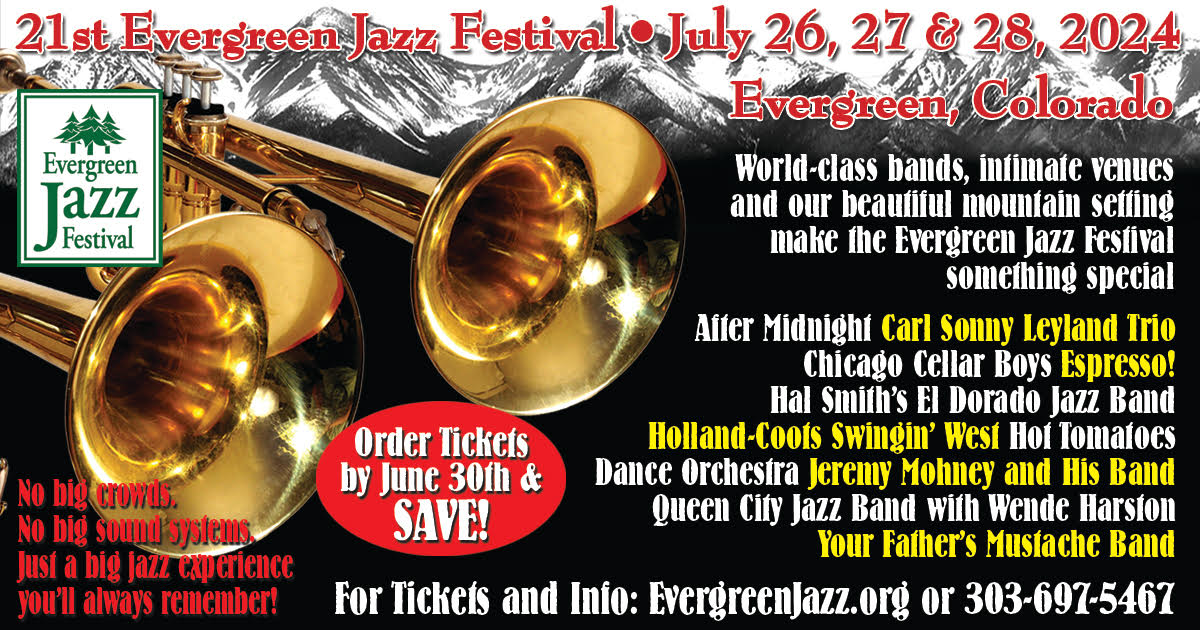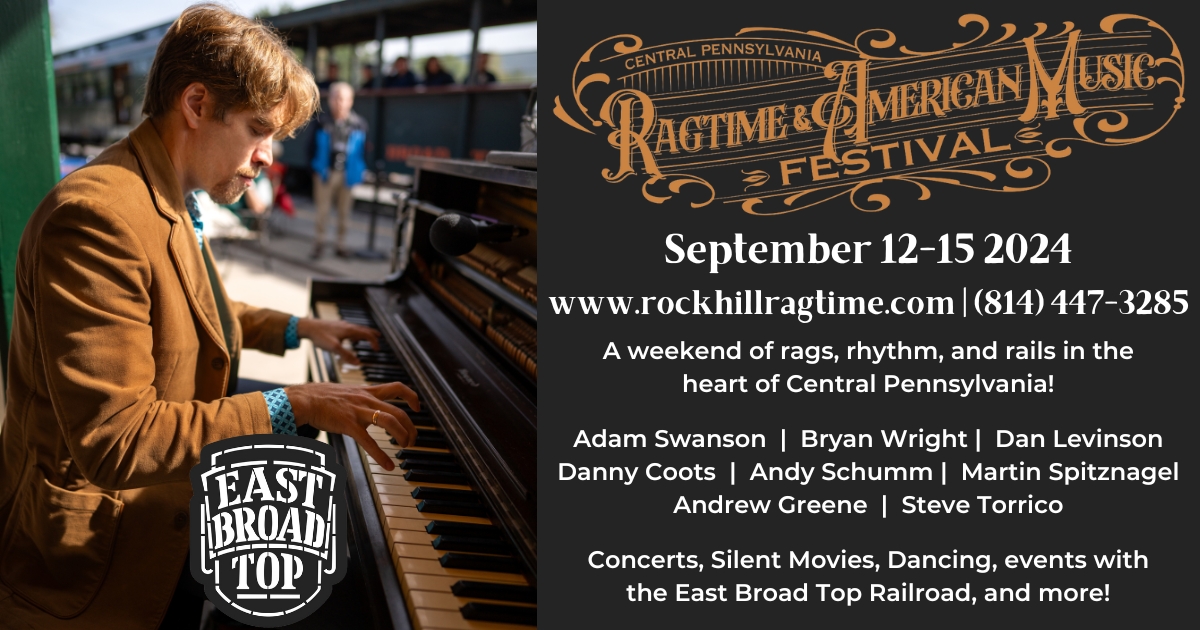 Ragged but Right musicologists Lynn Abbott and Doug Seroff carry readers on a rousing roller-coaster ride from carnivals to tent shows to vaudeville as they meticulously trace the origins of jazz in those varied vintage entertainment idioms.
Ragged but Right musicologists Lynn Abbott and Doug Seroff carry readers on a rousing roller-coaster ride from carnivals to tent shows to vaudeville as they meticulously trace the origins of jazz in those varied vintage entertainment idioms.
Abbott (who works at the Hogan Jazz Archive at Tulane University in New Orleans) and Seroff (from Greenbrier, Tenn.) previously co-authored Out of Sight: The Rise of African American Popular Music, 1889-1895. That volume dealt with brass bands, banjo and mandolin clubs, male quartets, “jubilee” singers, and theatrical companies. The rise of “authentic” Black minstrelsy, documented in Out of Sight, leads naturally into Ragged but Right, which focuses first on “coon songs.”
In fact Abbott and Seroff are among a rare handful of writers to fully explore the coon song phenomenon and explain its importance in the formation of blues and jazz.
Truth be told, the biggest hits of the ragtime era weren’t Scott Joplin’s stately piano rags. Instead, coon songs such as “Every Race has a Flag But the Coon” and “Coon on the Moon” defined ragtime for the masses. Though such titles may offend modern ears, it’s impossible to investigate black popular entertainment of the 1890s without directly confronting the “coon songs” which clearly presaged the “original blues.”
Abundantly illustrated with photographs, newspaper advertisements, sheet music covers, and ticket stubs on nearly every page, Ragged but Right documents the seemingly endless tours of troupes such as Allen’s New Orleans Minstrels, the Rabbit’s Foot Company, the Florida Blossom Minstrels, and Silas Green from New Orleans.
Drawing primarily on information culled from Negro community newspapers of the time, the authors report that circus sideshow annex bands comprised of black musicians also contributed to the mainstreaming of blues and jazz.
“Many future jazz recording artists spent at least a portion of their careers ‘jamming wind’ in a sideshow tent,” they write.
Those future stars included Alvin “Zue” (or “Zoo”) Robertson, a trombonist with Alex Tolliver’s Big Show who went on to perform with Clarence Williams, A.J. Piron, and Jelly Roll Morton. Similarly, saxophonist David Jones graduated from the Tolliver tours to Fate Marable’s Band before joining King Oliver in 1921. Trumpeter Punch Miller spent more than two years on the road with the Silas Green company toward the end of tent show popularity in the early 1950s.
Female blues singers—initially billed as “coon shouters”—also got their starts under the canvas. Bessie Smith sang with the Florida Blossom Minstrels. Ma Rainey toured with both Rabbit’s Foot and Tolliver, while Clara Smith starred with Tolliver’s Smart Set.
Abbott and Seroff describe how dance-craze tunes pioneered by touring companies helped usher in the Jazz Age.
Elvis “Slim” Mason was stage manager, bass drummer and end man for Prof. James Wolfscale’s Band, an 18-piece colored outfit which toured with the Barnum and Bailey Circus. In 1916, Mason scored “a sensational hit” with a tune by Shelton Brooks called “Walking the Dog.”
“Walking the Dog’ was the biggest dance song sensation since ‘Ballin’ the Jack,’” the authors write. “It hit the marketplace in the spring of 1916 and quickly saturated every avenue of American entertainment on both sides of the color line. Everyone took it up. From Butler ‘String Beans’ May to the Original Dixieland Jazz Band. Its great popularity inspired other ‘dance craze’ hits such as Spencer Williams’ ‘Steppin’ on the Puppy’s Tail’ and William Benton Overstreet’s ‘The Jazz Dance,’ both published in 1917. These songs were the terpsichorean anthems that introduced jazz into American popular culture.”
For those fascinated by the origins of jazz, Ragged but Right satisfies countless curiosities. It opens doors to an all-but-forgotten world of the indefatigable entertainers who—quite naturally, without actually realizing they were doing it—forged America’s greatest home-grown art form.
Ragged but Right: Black Traveling Shows, ‘Coon Songs,’ and the Dark Pathway to Blues and Jazz
by Lynn Abbott and Doug Seroff
American Made Music Series, University Press of Mississippi (www.upress.state.ms.us)
Cloth $75; Paper $40 ISBN: 9781617036453



























